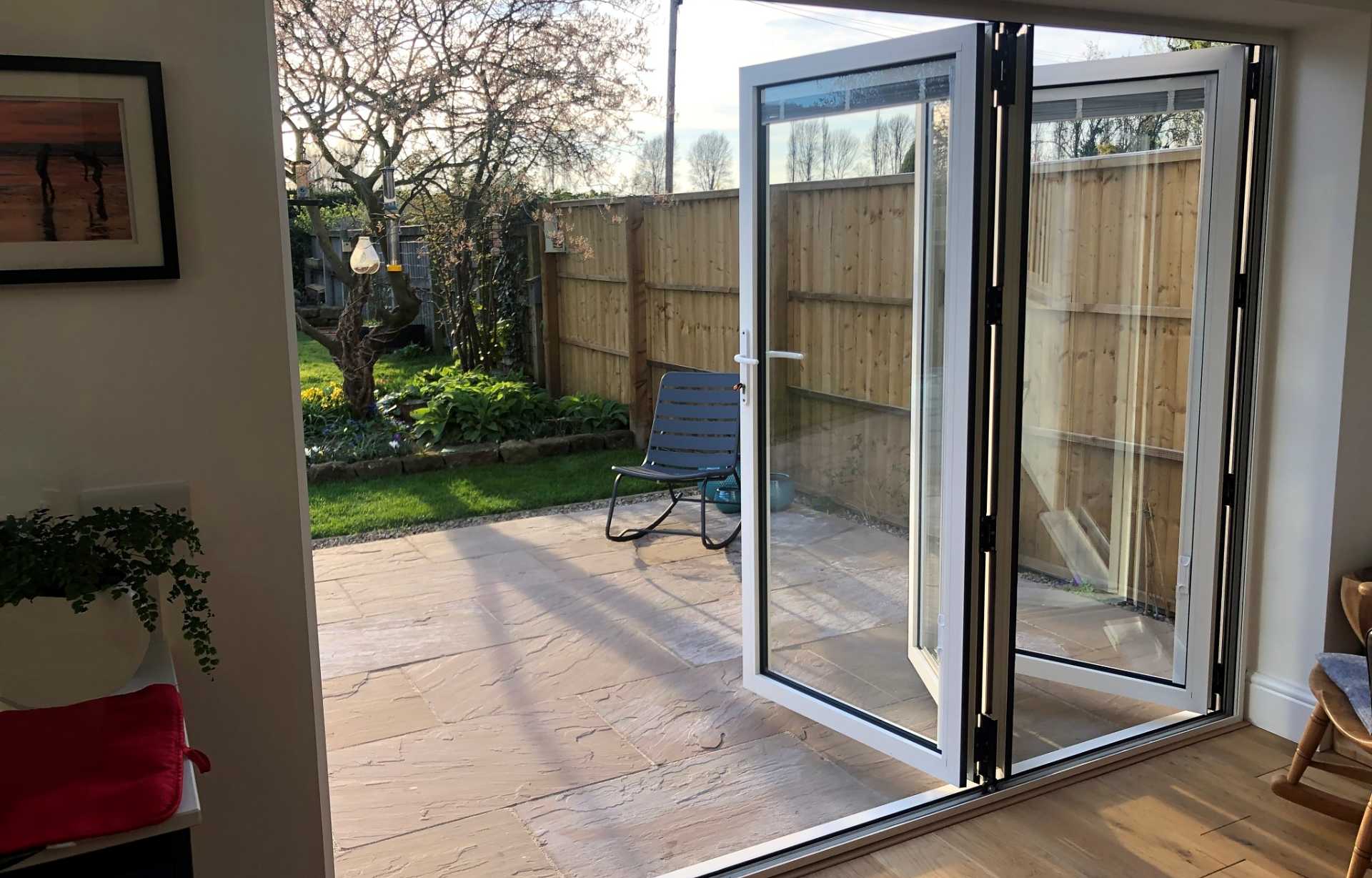The Buyers Guide to Understanding Building Regulations
All Marlin windows and doors are fully compliant with Building Regulations
What are the building regulations for windows and doors?
The key Building Regulations concerning windows and doors mainly address fire safety, ventilation, energy efficiency, general protection, accessibility, security, and, more recently, overheating. Because these regulations differ across different parts of the UK, we have summarised those relevant to windows, doors, and related glazing. Whether you’re replacing existing windows or building a new home, compliance with these Building Regulations is essential. Here’s what you need to understand about these regulations and how they might influence your purchasing decisions.
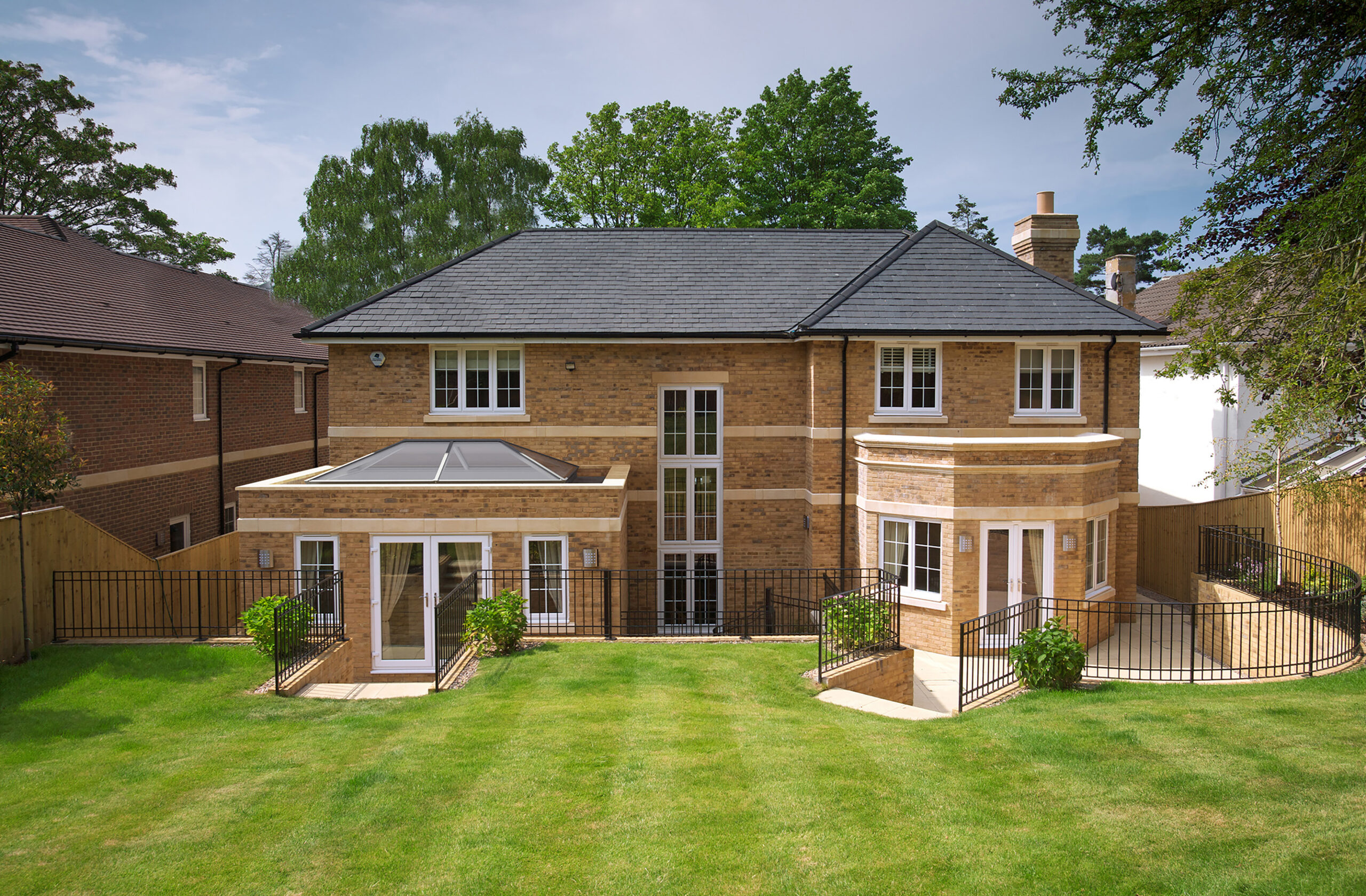
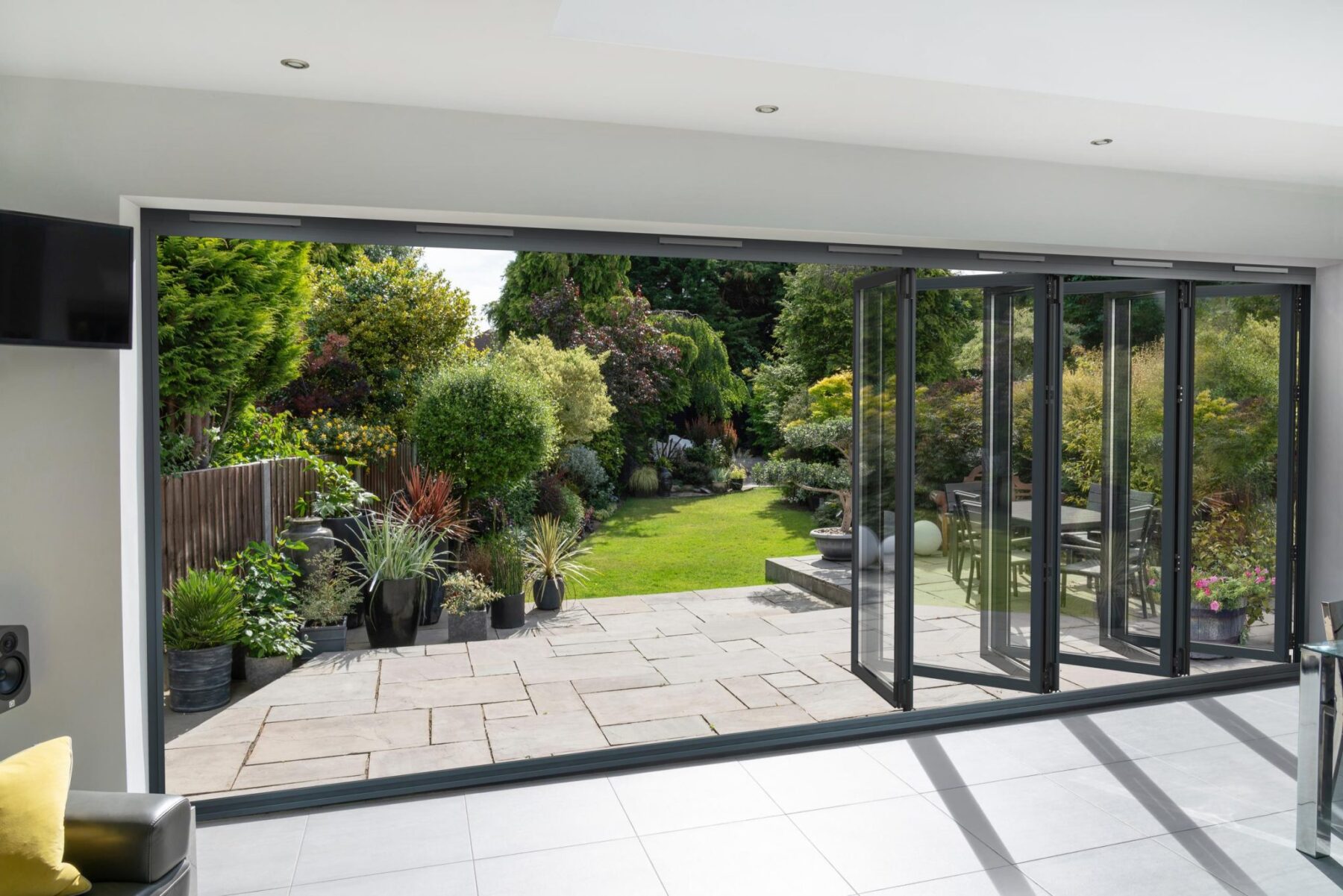
Why are Building Regulations for windows and doors important?
Compliance with Building Regulations for windows and doors is essential for projects like window replacements, major renovations, or new builds. The specific requirements vary depending on project complexity standards for simple replacements differ from those for new self-builds. These regulations ensure safety, comfort, and reliability, and are updated to address carbon emissions and ventilation. Approved Documents offer guidance tailored to different building needs. Many requirements can be addressed by professional installers or are built into product designs, simplifying compliance.
If you have any questions please CALL 01535 603909
Building Regulations for windows and doors help to keep you and your home safe
Complying with Building Regulations increases your chances of hiring skilled contractors and achieving better construction results. If a contractor discourages you from following regulations, especially for windows and doors, consider it a serious warning sign. Some on social media even suggest ignoring requirements like trickle vents but it’s important not to cut corners. Prioritise professional, compliant contractors over saving on less essential project elements.
All Marlin products strictly adhere to these regulations!
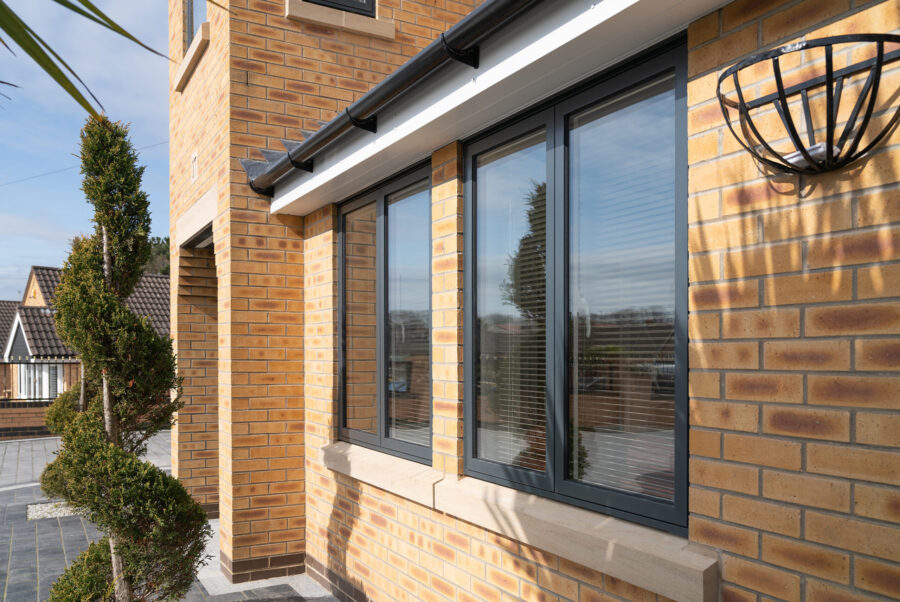

Building Regulations and Trickle Vents
Trickle vents have become a subject of much discussion and confusion in the realm of building regulations, particularly after recent changes in legislation. Many property owners, builders, and even some window and door installers are unsure about the legal status of trickle vents in the United Kingdom. This document aims to clarify whether trickle vents are a legal requirement and to provide an overview of the relevant regulations.
According to Part F 2021 Ventilation, it is now mandatory for windows and doors to be fitted with trickle vents. This applies regardless of whether you are installing them into new openings or replacing old windows and doors. The regulation is clear in stating that both new constructions and replacement projects must comply with this requirement to ensure adequate ventilation in buildings.
- Effective Date: June 2022
- Regulation: Part F 2021 Ventilation (Approved Document F)
- Requirement: Trickle vents are mandatory in both new and replacement doors and windows
The Legal Stuff
Building Regulations are mandatory by law. Breaches can result in fines up to £5,000 per violation and an additional £50 per day until compliance is achieved (Section 35, Building Act 1984). Notices under Section 36 may require removal or demolition of non-compliant work, though such measures are usually a last resort.

All in all an excellent job well done. The new bi-fold doors look really good!
Building Regulations
for Windows and Doors
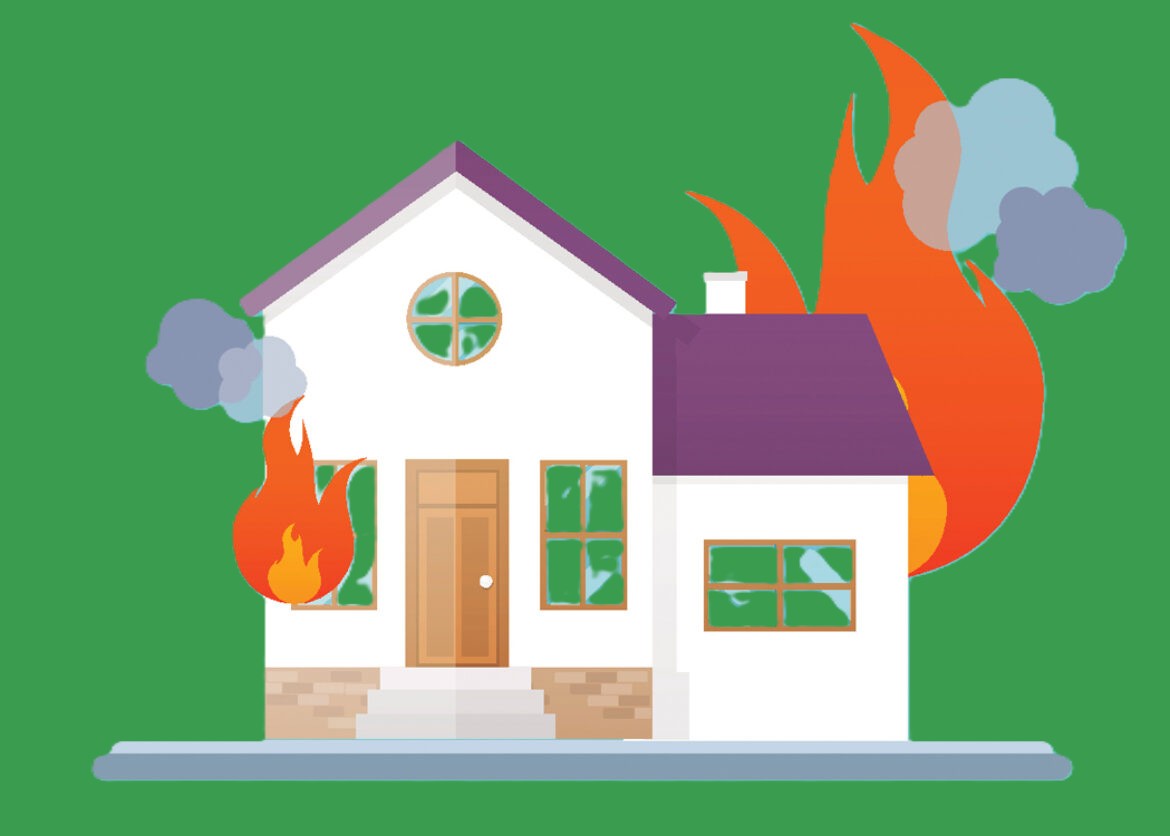
Approved Document B Fire Safety Building Regulations for windows and doors
The Fire Safety Building Regulations aim to protect all building occupiers by ensuring proper fire safety measures are in place. This includes access for the Fire Service, controlling fire spread between buildings, providing escape routes and warnings (like egress hinges and alarms), using fire-rated internal doors and screens, and installing detection or suppression systems. Key considerations also include material and structural performance to limit internal and external fire spread across linings, cavities, load-bearing structures, walls, and roofs.
Approved Document F Ventilation Building Regulations for windows and doors
Proper building ventilation is crucial for a healthy environment, providing fresh air and preventing condensation, mould, and illness. Due to recent concerns, building regulations now specify requirements for effective domestic ventilation, including continuous and window ventilation, often achieved with trickle ventilators.
In short, all new or replacement windows and doors must include trickle vents or other appropriate ventilation systems suitable for the specific room.
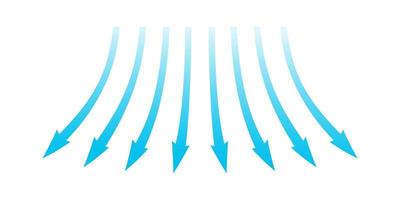
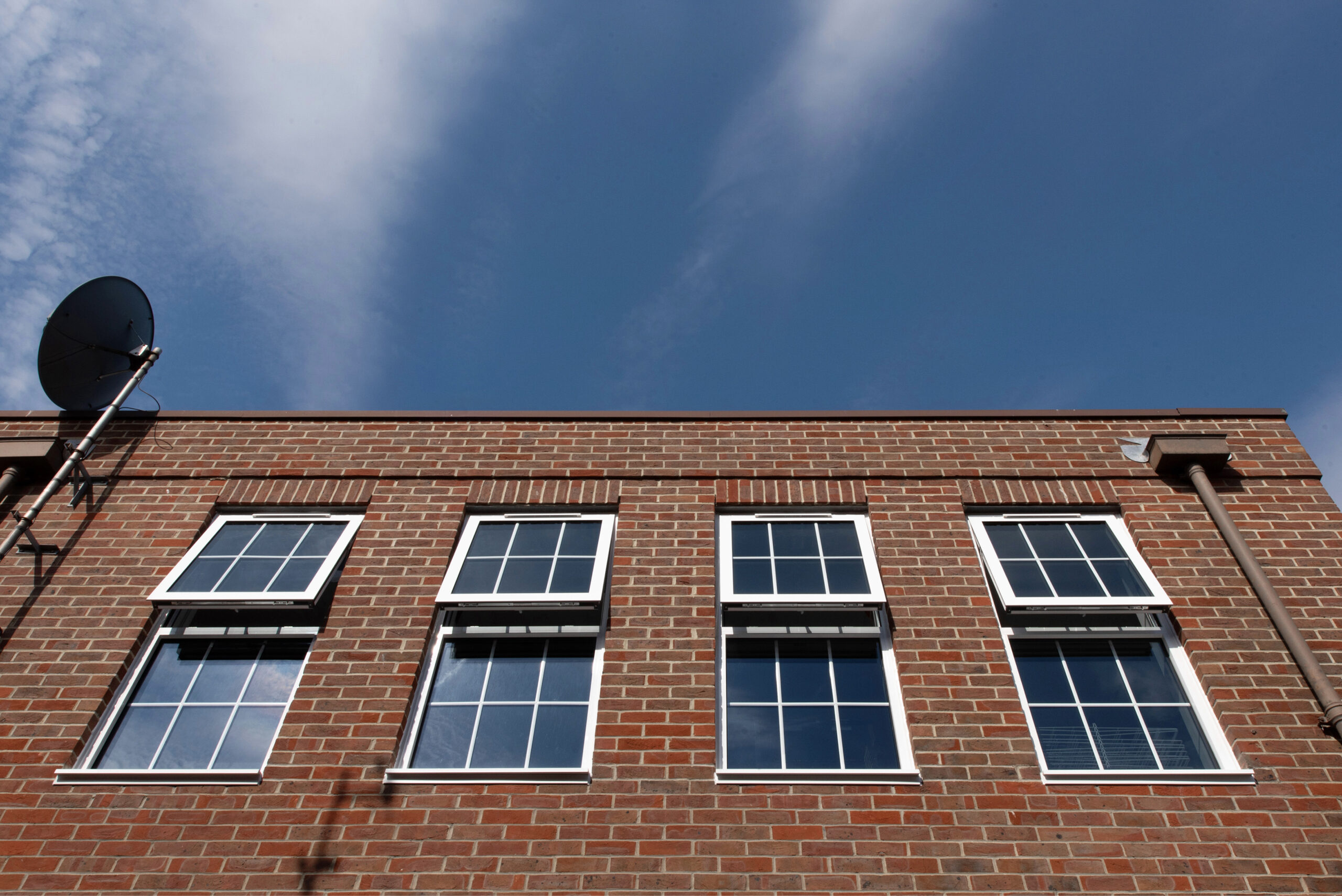
Approved Document K Protection from falling, collision and impact Building Regulations for windows and doors
Building Regulations are designed to prevent falls, collisions, and impacts, particularly as new builds increasingly feature more glass elements like Juliet Balconies, glass balustrades, and large glazing panels. Regulations specify door and window placement, including outward-opening windows near paths, and address safety concerns such as fall protection, glazing maintenance, impact risks, and trapping hazards. They also require safety glass in doors and low-level windows, identifying critical areas where contact with glass is likely.
Approved Document L Conservation of Fuel and Power Building Regulations for windows and doors
These building regulations address the requirements for Energy Performance Certificates for doors and windows, procedures for calculating the certificate, and measures concerning heat loss reduction, air leakage, insulation, solar gain and emissions, heating, and ventilation.
Heat gains and losses are quantified by U-values, which are relevant when selecting windows and doors. The documentation may also include provisions on insulation, thermal bridging, and airtightness, depending on the country.


Approved Document Q Security Building Regulations for windows and doors
The Security Building Regulations apply to windows and doors made from any material, requiring designs that incorporate features to prevent unauthorised access. All easily accessible doorsets—including those connecting garages to buildings and communal entrances—must be designed and tested to meet specified standards, for example PAS 24.
Doorsets and windows, including frames, locks, hinges, and glazing, undergo testing to simulate forced entry. The regulations address the size and placement of letter plates, require mechanical fixing of doorsets, and stipulate that lightweight frame walls include a resilient layer to minimise the risk of breaching the wall to reach the locking system.
Approved Document M Accessibility Building Regulations
Building Regulations prioritise accessibility, requiring buildings to accommodate wheelchair users and people with mobility issues equally. Homeowners now recognise the value of future-proofing homes for changing mobility needs. Doors must meet minimum width standards, have accessible thresholds, and unobstructed routes; communal entrances need clear openings and suitable ground surfaces. Windows also have regulations on glazing height and handle placement to ensure ease of use.
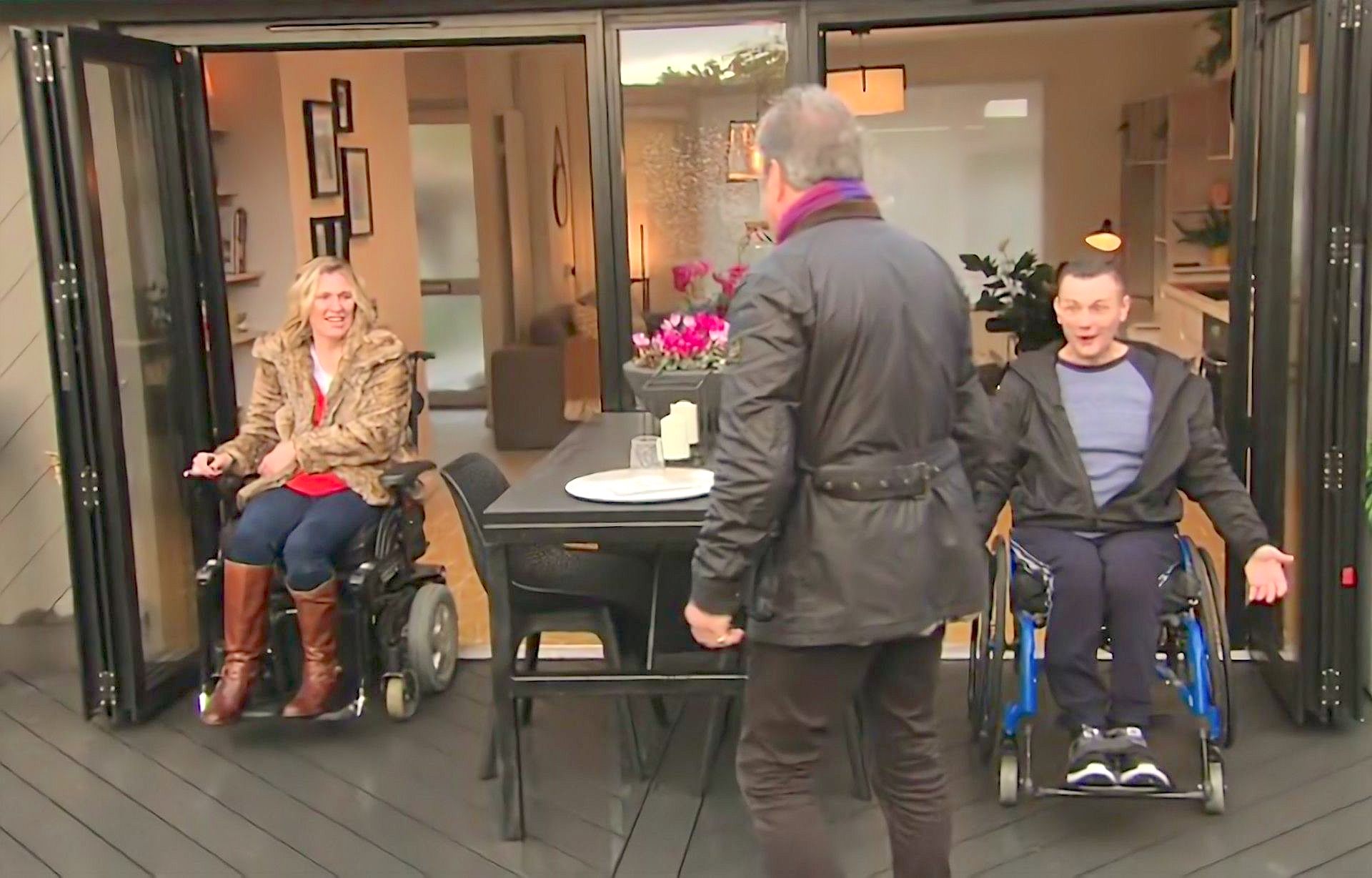

Approved Document O Overheating Building Regulations for windows and doors
Overheating requirements focus on limiting excess heat in homes caused by abundant glass, prolonged sunlight, and high outdoor temperatures. These regulations will influence home design—more glass means more solar gain and greater overheating risk, possibly leading to smaller windows and doors in the future. The goal of Building Regulations is to protect occupant health and keep indoor temperatures safe, encouraging measures like solar control glass, thoughtful building orientation, canopies, and improved ventilation. Compliance can be achieved through window openings, cross-ventilation, or advanced options like thermal modelling.
Document Downloads
Buyers Guide to Building Regulations
Further help and advice about Building Regulations for windows and doors

Latest projects
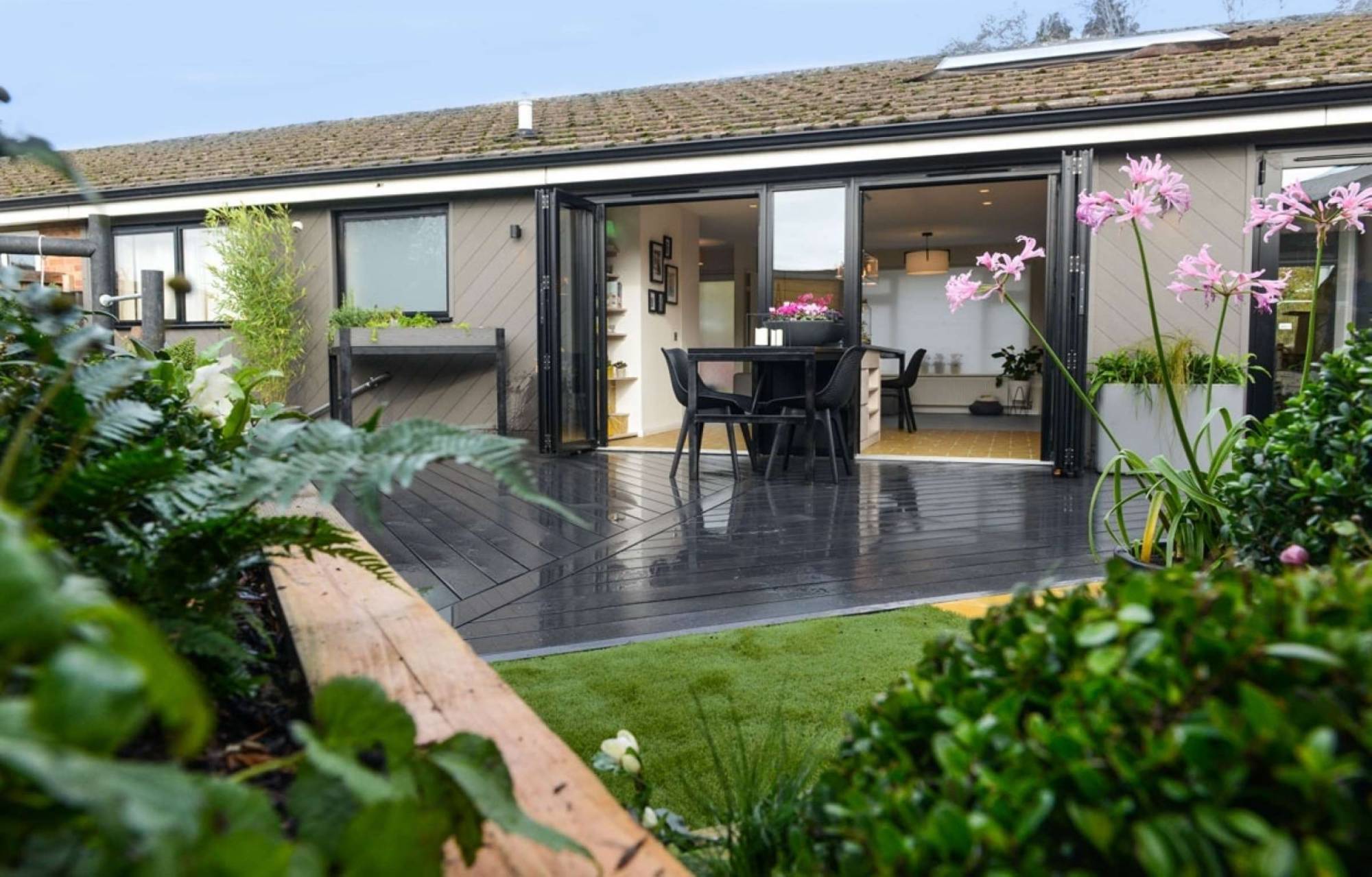
BI FOLD DOORS
Wheelchair Accessible – TV Featured. Swindon, Wiltshire
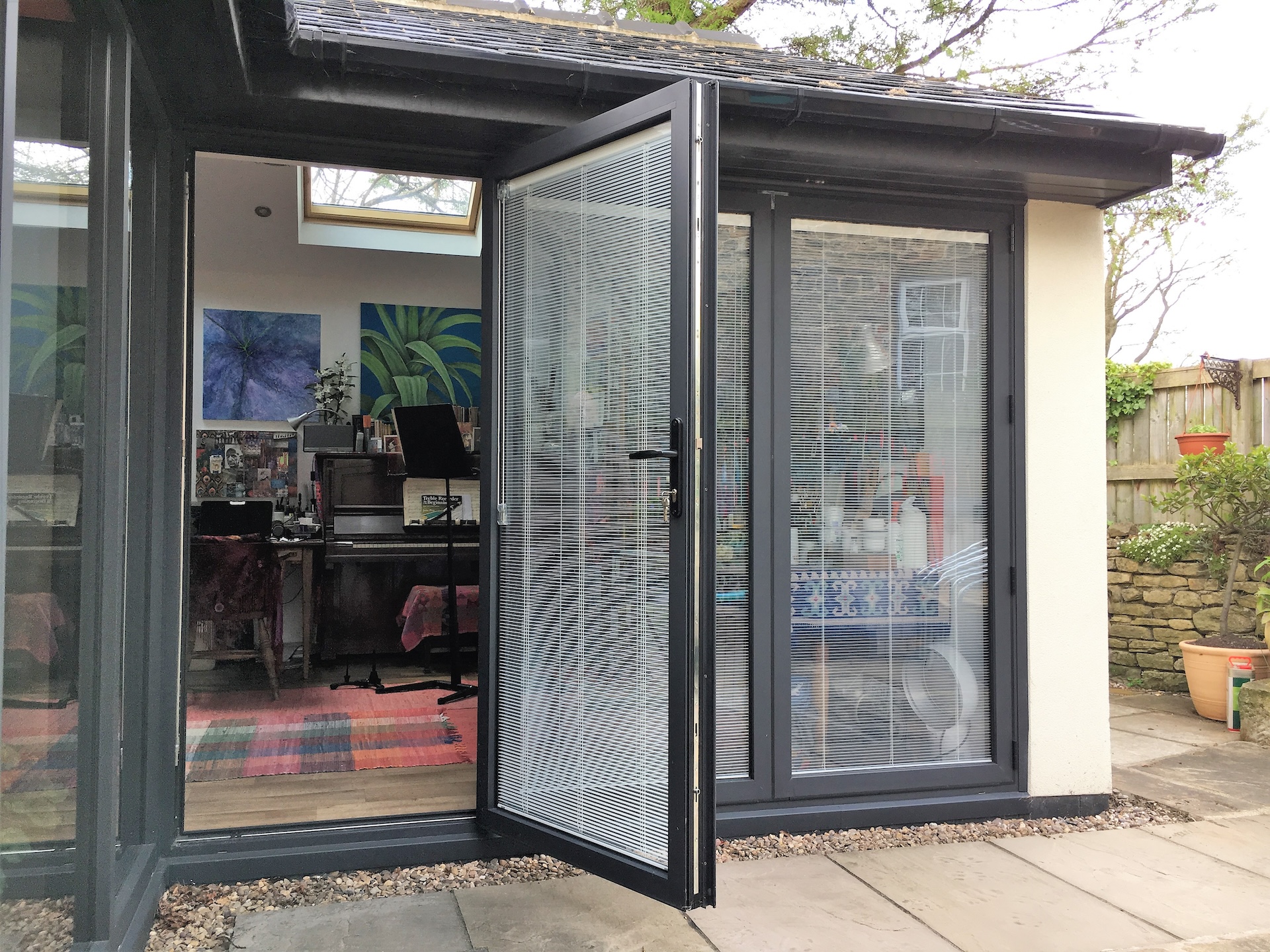
BI FOLD DOORS
Bifold Doors – The Art Studio Addingham
Frequently Asked Questions
If you require any support, please don’t hesitate to review our FAQ’s below or drop us a message on our contact form here
How energy efficient are your windows & doors?
All of our products are very thermally efficient; they meet and exceed all current building regulations.
Our aluminium profiles are thermally broken and benefit from high performance double glazing with a centre pane U Value of 1.2 W/m2 as standard. The maximum overall U value of any of our products is 1.6 W/m2, with many of our door and window products offering even lower U Values.
What information must be provided in order to get an accurate quotation?
We will ask you to provide the following information:
- Approximate dimensions (width x height)
- Basic design/layout
- Project location
How long will my quotation take?
We aim to return all quotations within 24 hours however large projects may take longer.
Come and explore…
Aluminium Bi-fold Doors, Sliding Doors, Contemporary Glazing, Aluminium Heritage Windows and Traditional Steel Replacement Doors



